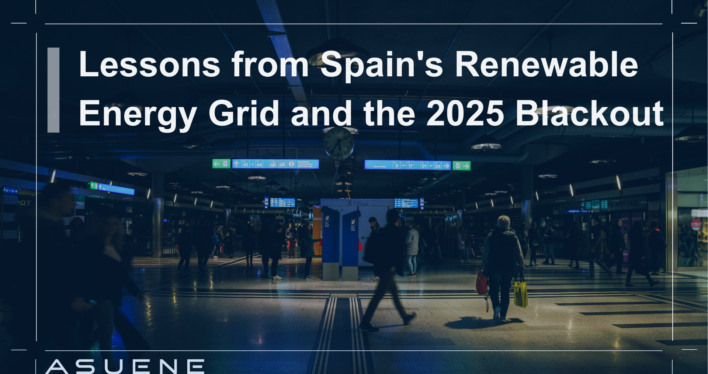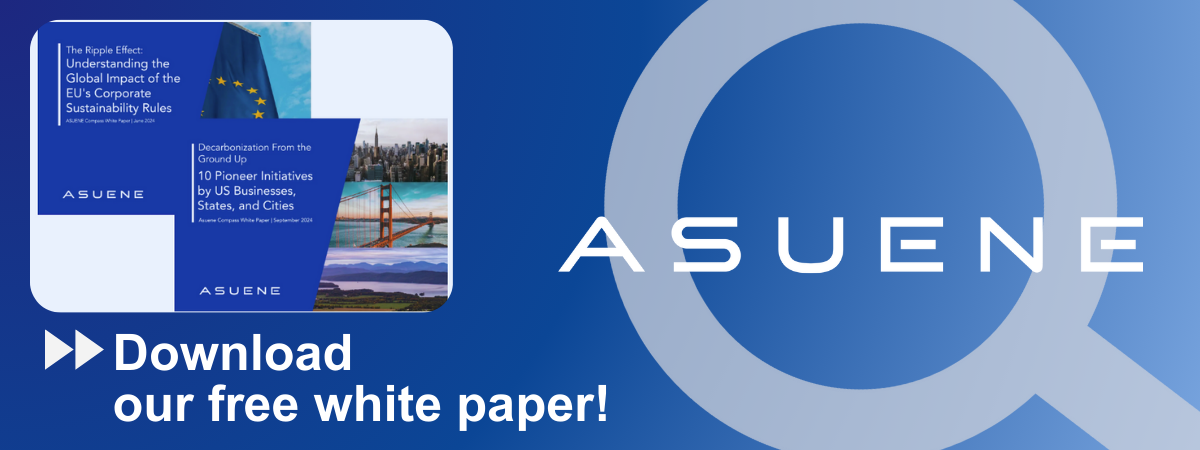- Article Summary
-
Introduction: Spain’s Ambitious Renewable Energy Shift and the 2025 Crisis
Spain has long been at the forefront of the renewable energy revolution. With abundant sunshine and wind across its diverse geography, the country has aggressively pursued solar and wind installations since the early 2010s. By 2024, Spain had become a global leader in renewable energy generation, with over 60% of its electricity coming from clean sources. Encouraged by EU climate goals and public support, Spain set its sights on achieving near-total decarbonization of its grid by 2030.
However, the unexpected blackout in May 2025 exposed critical vulnerabilities in the nation’s electricity infrastructure. For nearly 48 hours, large parts of the country experienced rolling outages. Public transit halted, digital services failed, and hospitals were forced to rely on diesel generators. What was initially viewed as a technical glitch soon became a wake-up call: the clean energy transition must be supported by resilient infrastructure, not just ambitious targets.
This article explores how Spain’s experience offers valuable lessons for other countries accelerating their shift to renewables. We examine the policies that propelled Spain forward, the root causes of the blackout, and the strategic reforms that followed.
The Road to 100% Renewables: Policy, Infrastructure, and Investment
Spain’s clean energy transition was driven by robust legislation, market incentives, and collaboration across sectors. The European Union’s Green Deal and Renewable Energy Directive provided the policy backbone, requiring member states to reach specific emissions targets. Spain complemented these goals with national frameworks like the National Energy and Climate Plan (NECP), which mandated 74% renewable electricity by 2030.
Public-private partnerships flourished. Companies like Iberdrola and Naturgy invested heavily in solar farms, offshore wind, and green hydrogen projects. The government provided feed-in tariffs and auction schemes that incentivized clean power generation. Grid operator Red Eléctrica Española began modernizing transmission lines and digital control systems to handle variable supply.
Growth in Spain’s Renewable Energy Capacity (2010–2025)
| Year | Solar (GW) | Wind (GW) | Hydro (GW) | Total Renewable Share (%) |
|---|---|---|---|---|
| 2010 | 4.5 | 19.5 | 18.0 | 33% |
| 2015 | 6.8 | 22.7 | 18.2 | 42% |
| 2020 | 12.0 | 28.3 | 18.4 | 55% |
| 2024 | 18.9 | 33.6 | 18.6 | 62% |
The transition was bold and mostly successful. Yet, high penetration of intermittent sources like solar and wind without proportional investments in storage or flexible generation laid the groundwork for future instability.

The Blackout of 2025: What Went Wrong?
On May 3, 2025, a sudden drop in wind across the Iberian Peninsula coincided with several cloudy days that reduced solar output. Meanwhile, electricity demand spiked due to a late-season cold front. Compounding the issue, interconnection with France was temporarily down for maintenance, and several gas peaker plants were offline due to an ongoing labor strike.
The result: a critical supply-demand mismatch. Within minutes, grid frequency dropped below safe operating levels, triggering protective shutdowns across the network. Emergency reserves were exhausted quickly, and cascading failures led to blackouts in Madrid, Barcelona, Valencia, and Seville.
Real-time Energy Supply vs Demand on May 3, 2025
| Time | Supply (GW) | Demand (GW) | Imbalance (GW) |
| 07:00 | 34.2 | 36.5 | -2.3 |
| 08:00 | 32.8 | 39.1 | -6.3 |
| 09:00 | 30.1 | 41.4 | -11.3 |
| 10:00 | 27.7 | 43.0 | -15.3 |
The incident revealed overdependence on weather-based sources without sufficient backup. Battery storage systems were still under construction, and Spain had not yet scaled up grid-scale hydrogen or demand-response technologies. In essence, the grid was fragile in the face of extreme conditions.
Recovery and Reform: How Spain Strengthened Its Energy Resilience
The blackout acted as a catalyst. In the months that followed, Spain launched an emergency task force to audit grid vulnerabilities and recommend reforms. The result was a multi-pronged strategy centered on flexibility, coordination, and digitalization.
First, Spain accelerated its investment in battery storage, commissioning over 4 GW of capacity by the end of 2026. Second, new policies required that all future renewable installations include co-located storage or firming capacity. Third, the country expanded its use of green hydrogen as a long-term storage solution, integrating electrolyzers directly with solar farms in Extremadura and Andalusia.
Spain’s Grid Capabilities Before and After the 2025 Blackout
| Feature | 2024 (Pre-Blackout) | 2025 (Post-Reform) |
| Grid Battery Storage | 1.2 GW | 4.3 GW |
| Hydrogen Storage | Pilot scale | Commercial scale |
| Real-Time Grid Monitoring | 60% coverage | 95% coverage |
| Interconnection Uptime | 94% | 99.7% |
The reforms also emphasized regional cooperation. Spain deepened ties with Portugal and France through joint infrastructure planning and emergency coordination drills. Grid operator protocols were updated with AI-based forecasting to better anticipate weather-induced disruptions.
Conclusion: Global Takeaways from Spain’s Renewable Energy Experience
Spain’s journey provides a blueprint for other nations seeking to rapidly decarbonize their electricity sectors. While its ambitious renewable targets set a global example, the 2025 blackout served as a stark reminder that grid resilience must evolve in tandem with clean energy adoption.
Key lessons include the necessity of flexible backup systems, the integration of advanced storage technologies, and the importance of cross-border grid coordination. Moreover, the role of predictive analytics and AI in managing supply-demand dynamics cannot be overstated.
Ultimately, the Spanish case underscores that a reliable renewable grid is not just about generating green energy, it’s about balancing that energy intelligently, storing it efficiently, and distributing it resiliently. For a world racing toward net-zero, Spain’s experience is both a warning and a guidepost.
Why Work with ASUENE Inc.?
Asuene is a key player in carbon accounting, offering a comprehensive platform that measures, reduces, and reports emissions. Asuene serves over 10,000 clients worldwide, providing an all-in-one solution that integrates GHG accounting, ESG supply chain management, a Carbon Credit exchange platform, and third-party verification.
ASUENE supports companies in achieving net-zero goals through advanced technology, consulting services, and an extensive network.


